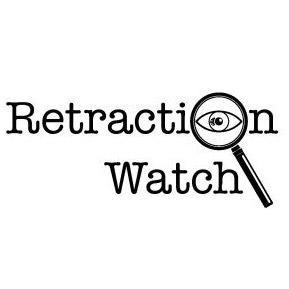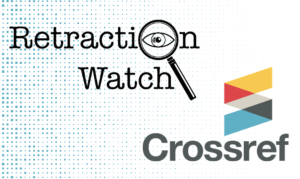Despite their retracted status, problematic articles that present unreliable information, critical errors, non-reproducible results, or fabricated data frequently continue to be propagated in the scholarly literature through continued citations. There are good reasons for citing retracted work, for example to critically discuss the information presented in the article, or in studies pertaining to the field of research integrity.
However, in the majority of cases, retracted publications continue to be cited as if the retraction had not occurred. In studies of the citation of retracted publications, only between 5% and 20% of citations acknowledge the retracted status of the article or are critical of the article. A lack of awareness of the retracted status of a publication may be a significant contributing factor to the perpetuation of citing the article after the retraction event occurred.
Previous research has found that the fact an article has been retracted is often inconsistently displayed across different resources, creating challenges for authors seeking out articles to refine their research questions, develop their approaches, or contextualize their findings. The continued citation and inclusion of retracted work without appropriate discussion or acknowledgement of its retracted status in subsequent studies, poses a direct threat to the reliability of the published literature and the overall trust in research and scholarship.
Continue reading How you can help improve the visibility of retractions: Introducing NISO’s Recommended Practice for Communication of Retractions, Removals, and Expressions of Concern (CREC)






